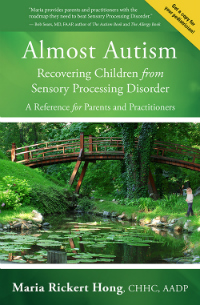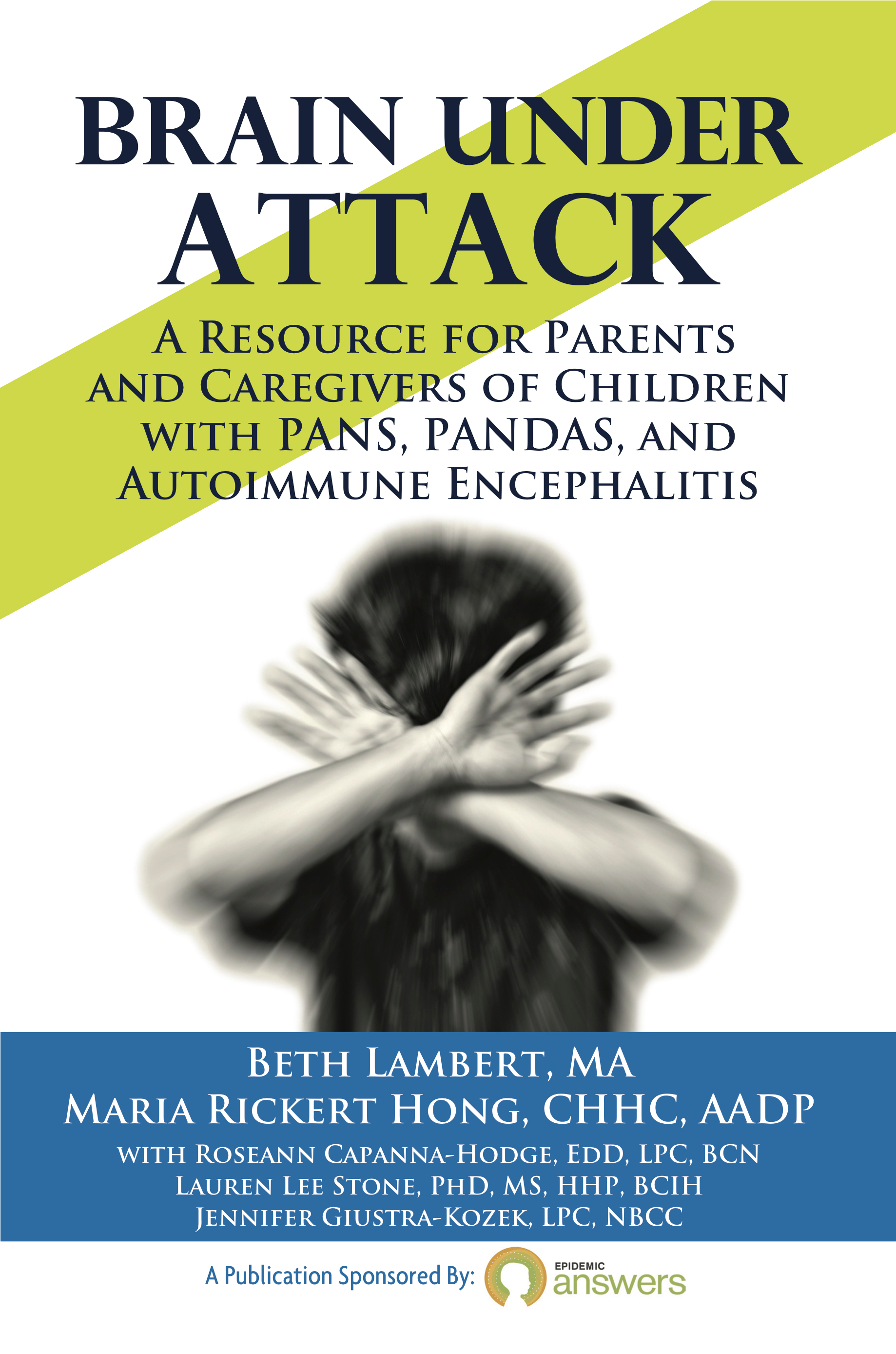 Most obstetricians do not warn their pregnant patients about toxins like pesticides in food, like phthalates or endocrine disruptors in consumer products, or like heavy metals in the environment that could harm their unborn child.
Most obstetricians do not warn their pregnant patients about toxins like pesticides in food, like phthalates or endocrine disruptors in consumer products, or like heavy metals in the environment that could harm their unborn child.
A great resource on toxins that harm the neurodevelopment of fetuses, babies and children is the Mount Sinai Children’s Environmental Health Center. Read more…
SOURCE: Environmental Health News
 Flame retardants are endocrine disruptors found in almost all new furniture. They are linked to autism, ADHD, developmental delays, hypothyroidism and more. Dust tainted by the couches and other household items is “a major route of exposure to people.”
Flame retardants are endocrine disruptors found in almost all new furniture. They are linked to autism, ADHD, developmental delays, hypothyroidism and more. Dust tainted by the couches and other household items is “a major route of exposure to people.”  Chlorine in tap and pool water has been linked to a rising number of people with food allergies. Chlorine is an endocrine disruptor that also kills good gut flora.
Chlorine in tap and pool water has been linked to a rising number of people with food allergies. Chlorine is an endocrine disruptor that also kills good gut flora.  A new study strengthens the tie between breast cancer and toxic exposures to plastics and carcinogens in the workplace.
A new study strengthens the tie between breast cancer and toxic exposures to plastics and carcinogens in the workplace. It’s common these days for girls to enter puberty before discovering “Are You There God? It’s Me, Margaret”.
It’s common these days for girls to enter puberty before discovering “Are You There God? It’s Me, Margaret”. Triclosan in cosmetics and personal care products can increase allergy risk.
Triclosan in cosmetics and personal care products can increase allergy risk. Brominated flame retardants are neurotoxic and are linked to neurodevelopmental disorders like autism, ADHD and SPD.
Brominated flame retardants are neurotoxic and are linked to neurodevelopmental disorders like autism, ADHD and SPD.

